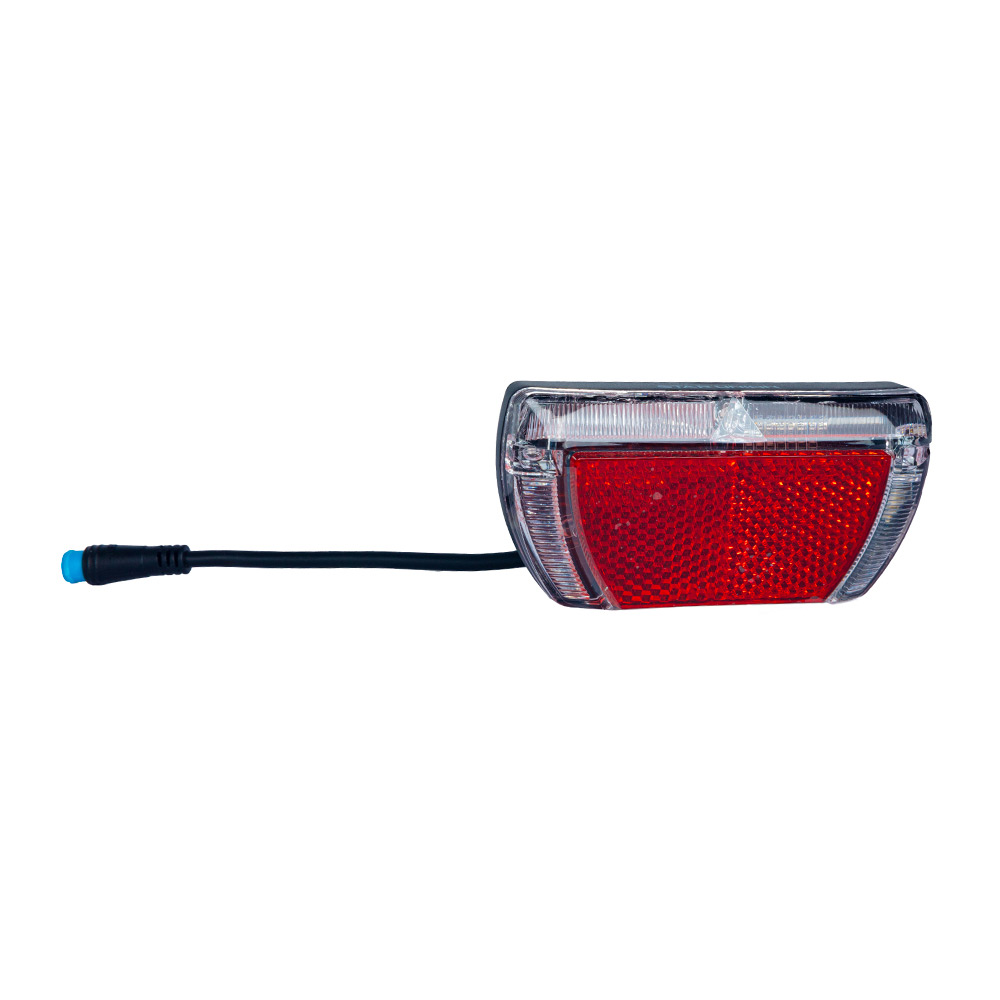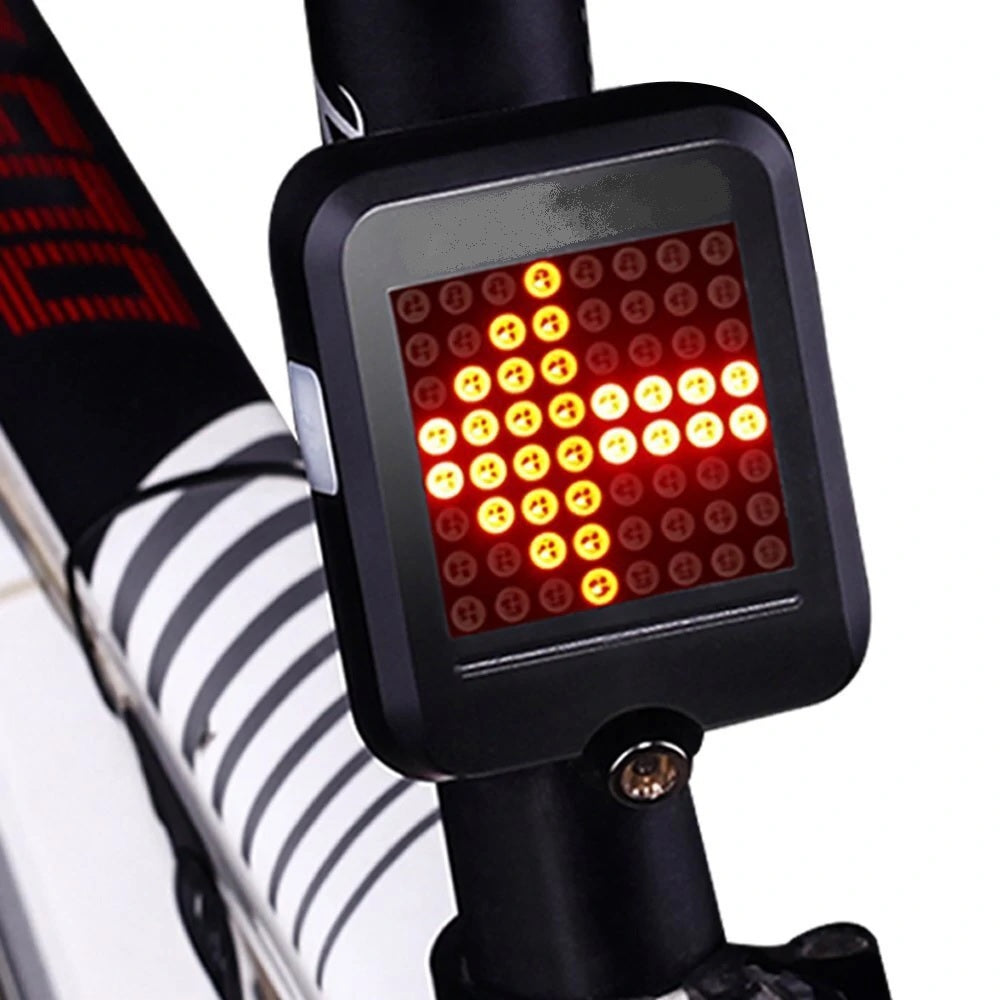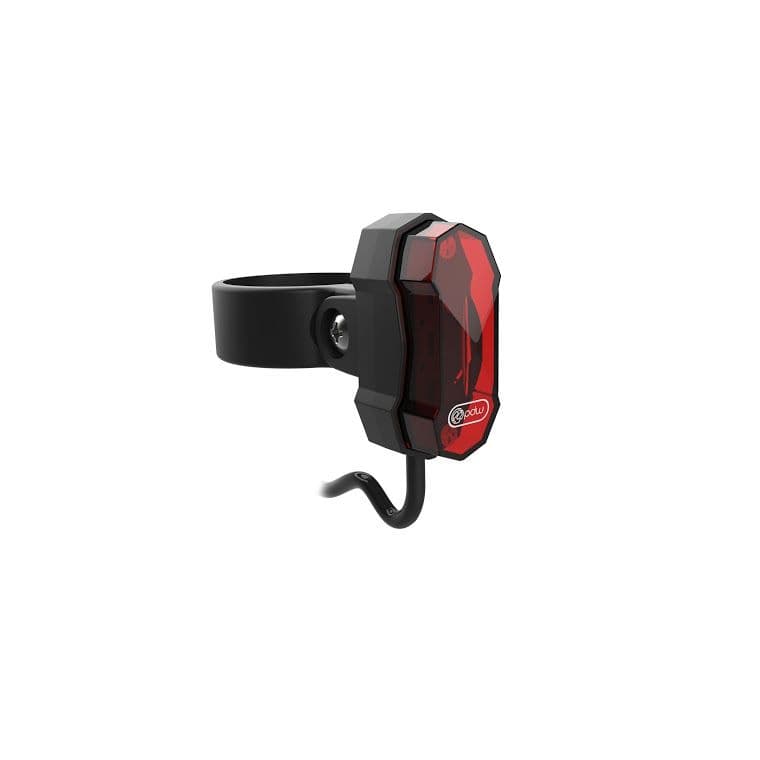I. Introduction
A. Importance of bicycle safety
Bicycling is an excellent form of exercise, an environmentally friendly mode of transportation, and a fun leisure activity. However, with the increasing number of cars and pedestrians on the road, it is essential for cyclists to prioritize safety. The safety of cyclists greatly influences their experience and well-being while on the road.
B. Purpose of bicycle tail lights
Bicycle tail lights play a crucial role in enhancing safety for cyclists. They serve as a key safety feature that improves visibility, enhances signaling to other road users, and ensures compliance with legal requirements.
II. Functionality of Bicycle Tail Lights
A. Visibility during low-light conditions
One of the primary functions of a bicycle tail light is to enhance the rider’s visibility, particularly in low-light and nighttime conditions. When natural light diminishes, whether due to dusk, dawn, or adverse weather, a tail light becomes crucial for making the cyclist visible to motorists, pedestrians, and other road users. The light emitted from the tail light serves as a beacon, alerting others to the presence of the bicycle and helping to prevent potential accidents.
When considering visibility, factors such as the brightness of the light, the range of visibility, and the light’s dispersion become critical. High-quality tail lights often feature powerful LEDs, which emit bright, attention-grabbing light. Additionally, lights with multiple modes, such as steady, flashing, or pulsating, provide versatility and cater to different visibility needs based on the surrounding environment and traffic conditions.
Furthermore, the angle and placement of the tail light also affect visibility. Many tail lights come with adjustable mounting options, allowing cyclists to position the light for optimal visibility from various angles, thus increasing their safety on the road.
B. Signaling intentions to other road users
In addition to increasing visibility, a bicycle tail light serves as a means of signaling the cyclist’s intentions to other road users. This is particularly important when riding in urban areas or navigating through traffic. The steady or flashing light emitted from the tail light communicates to motorists and pedestrians that a cyclist is present and moving, allowing them to anticipate the bike’s movements and take appropriate precautions.
Some advanced tail lights feature additional signaling functions, such as brake lights and turn signals. These built-in features further enhance the communication between the cyclist and other road users, mirroring the functionality of an automobile. When the cyclist slows down or applies the brakes, the tail light intensifies or changes pattern, alerting those behind of the deceleration. Similarly, integrated turn signals provide a clear indication of the cyclist’s direction, contributing to safer navigation on the road.
C. Compliance with legal requirements
The functionality of a bicycle tail light also extends to meeting legal requirements and standards. Different regions have specific regulations regarding the use of lights on bicycles, including the type, brightness, and positioning of the lights. It is essential for cyclists to ensure that their tail lights comply with these regulations to avoid legal repercussions and, more importantly, to maintain their safety on the road.
When selecting a bicycle tail light, it is critical to consider whether it meets the legal requirements of the area where it will be used. This includes verifying that the light’s brightness and visibility range align with the stipulated standards and that the mounting and positioning of the light adhere to the regulations. Opting for a certified and compliant tail light ensures that cyclists can ride confidently, knowing that they are meeting the necessary legal obligations and contributing to their safety and the safety of others.
III. Key Features of Effective Bicycle Tail Lights
A. Brightness and visibility range
Effective bicycle tail lights are characterized by their brightness and visibility range. A bright and visible light ensures that cyclists can be seen from a distance, enhancing safety by alerting others to their presence on the road, particularly in low-light or adverse weather conditions.
B. Durability and weather resistance
Durability and weather resistance are important features of effective bicycle tail lights. They must be able to withstand varying environmental conditions to ensure consistent performance and reliability, regardless of the weather or terrain.
C. Mounting options and ease of use
The versatility of mounting options and ease of use are vital aspects of effective bicycle tail lights. They should offer flexibility in how and where they can be mounted on the bicycle, allowing for optimal positioning for visibility. Additionally, user-friendly features contribute to seamless operation and maintenance.
IV. Impact on Personal Safety and Road Sharing
A. Reduction of accident risks
Effective bicycle tail lights significantly contribute to the reduction of accident risks by enhancing the visibility of cyclists to other road users. This increased visibility helps to mitigate the chances of collisions and improves the overall safety of cyclists.
B. Improved visibility for cyclists and other road users
In addition to benefitting cyclists, effective bicycle tail lights improve visibility for other road users, including motorists and pedestrians. This heightened visibility fosters a safer road-sharing environment by enabling all parties to better anticipate and react to each other’s movements.
C. Contribution to a more harmonious coexistence on the road
By promoting increased visibility and adherence to safety regulations, effective bicycle tail lights play a role in fostering a more harmonious coexistence on the road. They contribute to a safer and more cohesive environment for cyclists, motorists, and pedestrians alike.
V. Considerations for Choosing the Right Bicycle Tail Light
When it comes to staying safe while riding a bicycle, one of the most important things to consider is visibility. A bicycle tail light is an essential component for ensuring that you are easily seen by other road users, especially in low light or adverse weather conditions. Choosing the right bicycle tail light is a crucial decision, and there are several considerations to keep in mind when making your selection.
A. Legal requirements and standards
One of the first considerations when choosing a bicycle tail light is to ensure that it meets the legal requirements and standards in your area. Different countries and regions have their own regulations regarding bicycle lighting, including the brightness, visibility range, and mounting requirements for tail lights. It is essential to familiarize yourself with these regulations and choose a tail light that complies with the local laws to avoid potential fines and ensure your safety on the road.
In addition to legal requirements, it is also important to consider the quality and reliability of the tail light. Look for products that have been tested and certified by reputable organizations to ensure that they meet the necessary safety standards. High-quality tail lights are more likely to provide consistent and reliable performance, ensuring that you are visible to motorists and other road users at all times.
B. Environmental factors and usage conditions
Another crucial factor to consider when choosing a bicycle tail light is the environmental factors and usage conditions you will encounter. If you frequently ride in areas with heavy rainfall or extreme temperatures, it is important to choose a tail light that is waterproof and can withstand harsh weather conditions. Look for products that are designed to be weatherproof and durable, so they can continue to function effectively in any environment.
In addition to weather resistance, consider the visibility requirements for your specific riding conditions. If you often ride in urban areas with heavy traffic, you may need a tail light with a higher brightness level and a wider visibility range to ensure that you stand out among the other lights and distractions. On the other hand, if you primarily ride on well-lit roads or trails, a tail light with a lower brightness level may be sufficient. Evaluate your typical riding environment and choose a tail light that is best suited to your specific needs.
C. Integration with other safety measures
Finally, consider how the bicycle tail light integrates with other safety measures to enhance your visibility on the road. Many cyclists use a combination of lights, reflectors, and high-visibility clothing to maximize their presence and increase their safety. Look for tail lights that are designed to complement these other safety measures, such as lights that can be easily mounted alongside reflectors or that have additional features, such as flashing modes or side visibility, to increase your overall visibility.
Furthermore, consider how the tail light integrates with your overall bike setup. Some tail lights also offer additional mounting options, such as clip-on or helmet mounts, which can provide flexibility in how you use the light and may be beneficial in certain riding situations.



